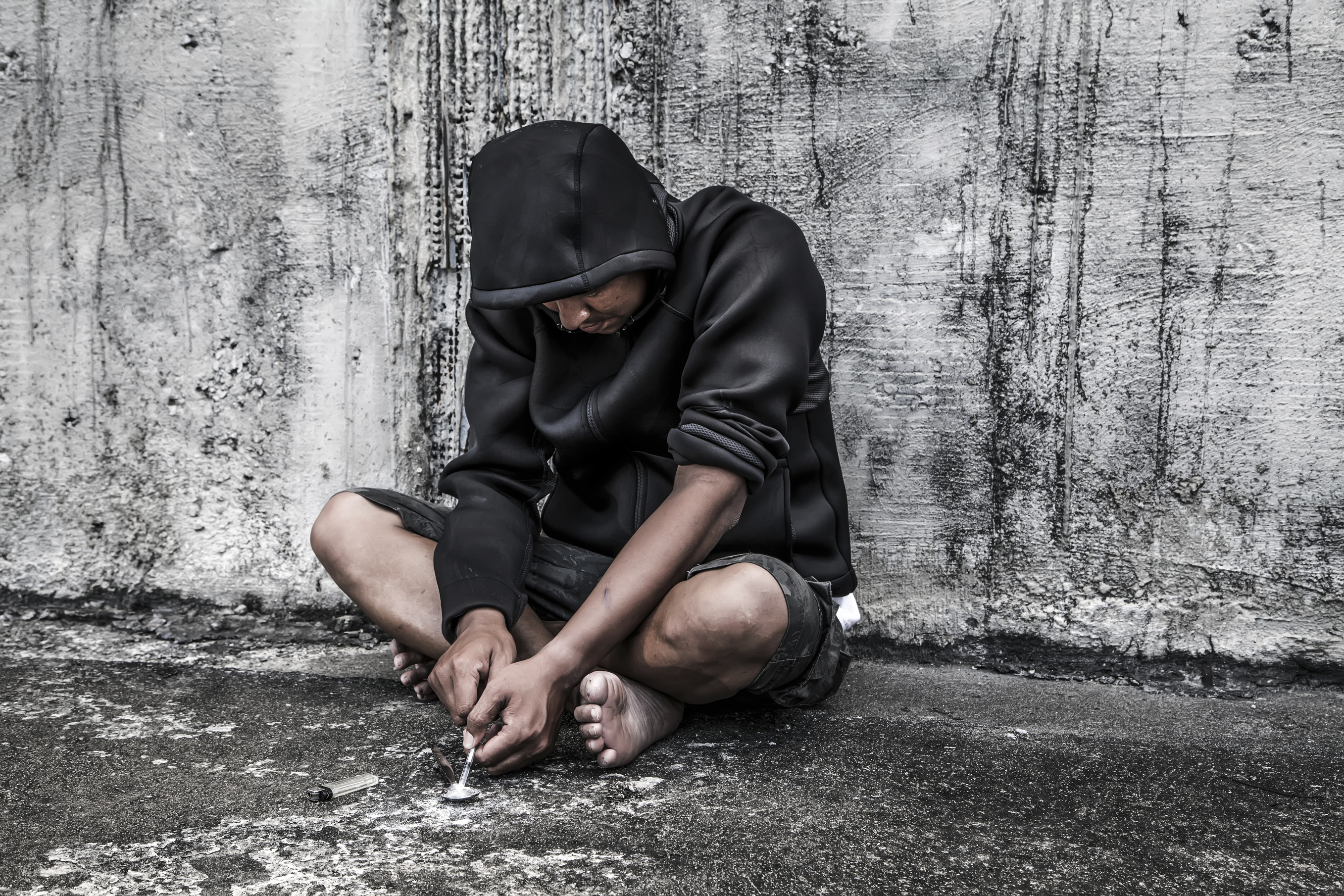
(This content is being used for illustrative purposes only; any person depicted in the content is a model)
Author: Shernide Delva
Today, August 31, marks International Overdose Awareness Day. On this day, the goal is to raise global awareness of overdoses and reduce the stigma of drug-related deaths. This day is intended to acknowledge the grief felt by friends and family who have suffered the loss of a loved one due to a drug overdose.
The Shocking Reality
The tragedy of a drug overdose is preventable. Today is a day to spread awareness to others about the disease of addiction. Drug addiction is a global phenomenon; however, the United States, in particular, is facing a major drug epidemic. More deaths were reported from drug overdoses in 2014 than any other year on record. Deaths from overdoses are up among all genders, races, and nearly all ages. This is a disease that does not discriminate.
Out of these shocking numbers, three out of five drug overdose deaths involve opioids. Overdoses from opioids such as prescription opioids and heroin have nearly quadrupled since 1999. Overdoses from opioids killed over 28,000 people in 2014. Half of these deaths were related to prescription opioids.
Between 2013 and 2014, the number of drug overdoses increased a total of 6.5 percent. The year 2014 had a total of 47,055 drug overdoses in the United States. These numbers continue to climb as the prescription painkiller epidemic continues to be a major issue.
To spread the message of awareness, International Overdose Day focuses on commemorating those who have been affected by drug addiction. While today is intended to encourage the message of prevention, it also aims to encourage a message of hope.
Principles of Harm Reduction
The Harm Reduction Coalition affirms that “we will not end the overdose crisis until we place people who use drugs, along with their families and friends, at the center of our policies and strategies. “
The coalition aims to accomplish this task by ensuring that those who use drugs and their loved ones have access to information intended to treat and support them without the fear of stigma or arrest.
Furthermore, naloxone remains one of the most powerful tools in preventing opioid overdose deaths. Naloxone is a medication that works to counteract the effects of an opioid overdose. Recently, there has been a push to increase the access the public has to naloxone. In many places, naloxone can now be purchased via pharmacies like CVS, and even in school nurses offices.
Still, according to the Harm Reduction Coalition, the United States is in a state of emergency.
“ We can no longer accept incremental progress; we must demand urgent action to save lives.”
Five Areas Needing Improvement
The Harm Reduction Coalition calls for immediate action in these five areas to increase access to naloxone:
- Funding: Congress should fully fund the President’s request for $12 million in Fiscal Year 2016 to the Substance Abuse and Mental Health Services Administration (SAMHSA) to provide grants to states to support broader naloxone access.
- Cost: The rising cost of naloxone by manufacturers in recent years is a deep concern. This increase threatens to limit the distribution of naloxone, especially by community-based programs that reach those most vulnerable to opioid overdoses. When prices increase, it directly increases the likelihood of more overdose deaths. Therefore, the coalition calls upon naloxone manufacturers and developers to price their products responsibly to ensure the best possible distribution.
- Access:Despite improvements in the access to naloxone, access remains limited and inadequate. Prescribers and health care professions play a vital role in ending the overdose crisis. Therefore, there should be an effort by all parties to develop guidance, education and training, resources, and support tools aimed at increasing awareness and access to the drug.
- Availability:Many states are working to make naloxone available through pharmacies through arrangements and agreements. These efforts should increase and broaden to ensure the widest availability of naloxone. In addition, the Food and Drug Administration should develop, facilitate and expedite the regulatory pathways needed to ensure naloxone can be sold over the counter. Over-the-counter naloxone should be available to the market by 2018.
- Awareness: Despite the rising number of overdose deaths in the past decade, there still is not a national awareness campaign to educate the public and those most at risk about the signs and symptoms of opioid overdose. Countless anecdotal reports suggest that the lack of awareness is a critical factor in many preventable overdose deaths. Therefore the HHS and CDC must develop broad national awareness campaigns; that spreads information on how and where to obtain naloxone.
Ways to Raise Awareness
In addition to the guidelines suggested by the HHC, the International Overdose Awareness Day website aims to raise awareness through innovative technologies like there overdose aware app. The app raises awareness amongst those who are experiencing drug use and their families. The app shares information on what an overdose is, and the main overdose symptoms.
The website also has an area where those who have been directly affected by drug addiction overdoses can write a tribute to their story and grieve anyone they have lost. These tributes are where many share the impact drug use and overdoses have had on their family and friends.
How are you spreading awareness of International Overdose Awareness Day? If you are struggling with drug addiction, do not wait for it to progress into an overdose. We can help you get back on track. Please call toll free.